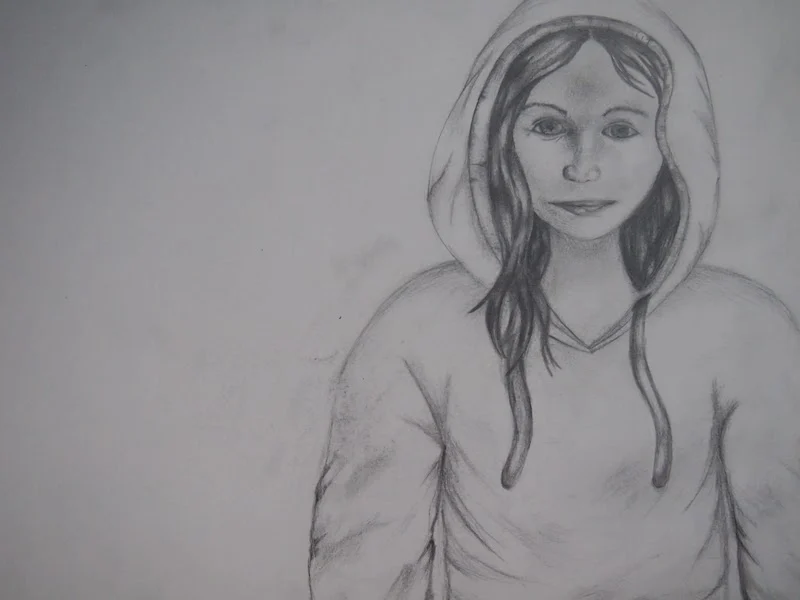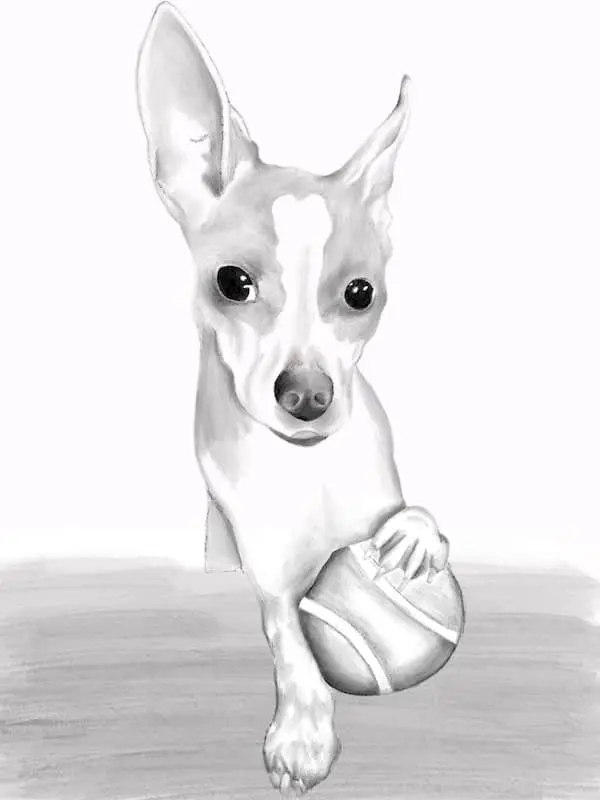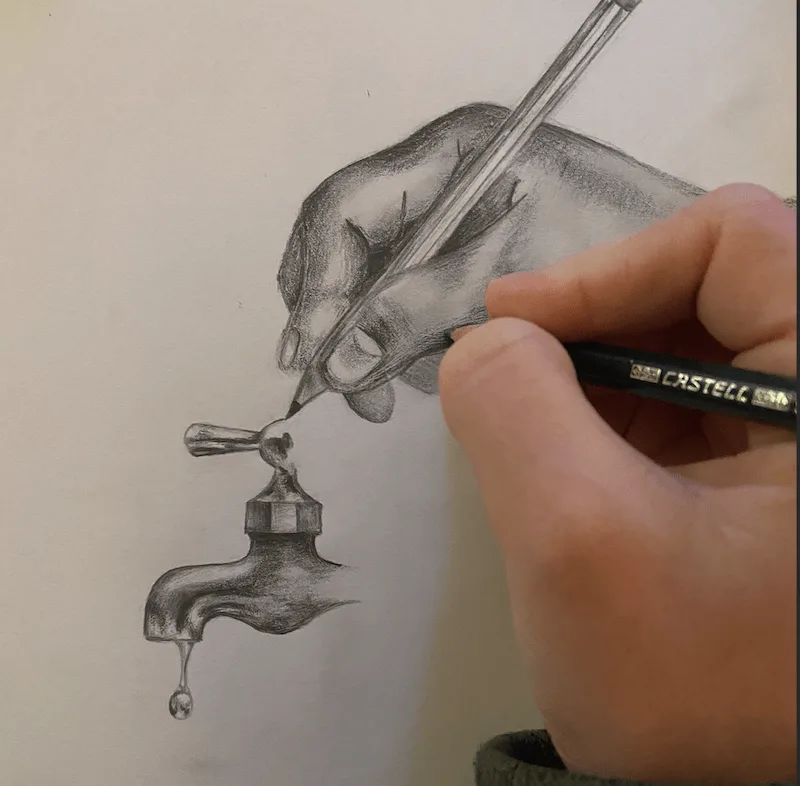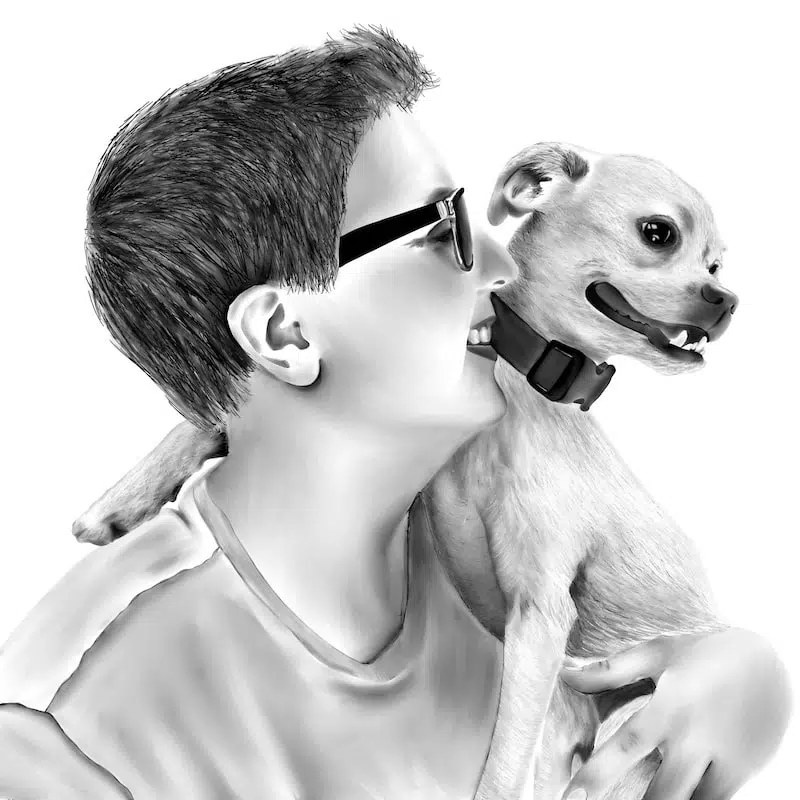As artists, we all go through periods where we doubt our skills and wonder where we fit within the art world. A huge part of this has to do with struggling to find our own, unique art styles that resonate with what we want to be putting out into the world.
It’s a lot of pressure, right?
Well, as an artist who knows this struggle personally, I’m going to share some tips and tricks I’ve discovered over the course of finding and keeping my own art style. Hopefully, in the process, you’ll learn how to keep a consistent art style too.
1. Find Patterns in Your Portfolio
Whenever I’m feeling scattered and lost with my art style, it helps to revisit what I’ve done in the past and look for patterns.
If you’re like me, you might cringe when you look through your old art, but do your best to turn that cringe into a smile. You wouldn’t be where you are today without that older art.
Take a moment to appreciate how far you’ve come, and to notice patterns that might help you see that you’ve actually had a consistent art style all along.
Here are some questions I ask myself when I do this process:
Is there a topic I constantly returned to again and again?
A technique that I tended to favor in my art throughout the years?
Did I play around with different mediums, or is there one medium I preferred?
Is there something I was good at, consistently, time and time again?
When I look back at my portfolio, even to my earliest days as a child, I see a consistent inclination to draw realistic pencil portraits. Ideally, I have always wanted the features to be anatomically correct with the proper shading.


Abstract art? Yeah, that has never gone very well for me.
Realism is the style I’ve always preferred, drawing as close to a photographic way as possible (source). Yet, my own unique style leaves out any backgrounds. Simply honing in on the subject as the star of the piece.
What patterns do you notice in your own art? Have you had a consistent style all along without realizing it?
2. Don’t Be Afraid to Create the Same Thing
We all want consistent art styles while, at the same time, creating unique and out of the box art every single time. The pressure to create something new and different whenever you sit down at your art table is damaging.
It’s also unrealistic.
Take a look at the portfolios of some of your favorite artists. You’ll realize that a lot of their work is similar. Yes, every piece of art is unique, but there’s likely a lot of similarities between them.
And that’s exactly the point! Once you develop a consistent style, it’s ok for your art to stay within that consistent style to create a cohesive collection of work.
In order to hone in on a consistent style, give yourself permission to create the same type of art that you’ve done in the past. For me, that meant giving myself permission to draw dogs, over and over again.
While I thought I might get bored or box myself in as an artist, I fell in love with it! Instead of feeling stale, each dog developed its own personality and character, all while helping me hone in on my consistent art style.
It also helped me improve tremendously.


Drawing realistic pictures of dogs is now one of my absolute favorite things to do. What started off as a challenge to draw the same thing over and over again has turned into a cohesive portfolio of pups!
Don’t worry – just because you give yourself permission to create the same type of art over and over again doesn’t mean you’ll end up with identical, copycat versions of your art.
What it means is that you’ll learn a lot about your style. You’ll also learn a lot about what you’re naturally good at and drawing too, which we’ll talk about next.
3. Understand What You’re Naturally Good At
What comes easily and naturally to you is a good sign of your consistent art style. Now, you may be thinking that nothing about art is easy or natural.
True. All art is hard.
That said, there’s no doubt that there are areas of art that come more easily and naturally to you than others. For me, realistic comes much more easily and naturally to me than abstract art.
I don’t know about you, but there are times when I struggle to call myself an artist because I’m not skilled in multiple areas of art. Sure, I want a consistent style, but I also want to have skills in ALL THE THINGS!
That mindset was not only unrealistic, it also tore down my confidence and led to a lot of art slumps.
When I stopped trying to become the abstract artist that I never even wanted to be in the first place, I could start embracing my natural, realistic art style.

I started to build my confidence back up again and realize that my true art style wasn’t this scattered mixture of skills across every style of art. That made no sense. Instead, my art style was hidden within the skill set I was naturally good at all along – realistic portraits.
If you’re struggling to maintain a consistent art style, ask yourself if you’re spreading yourself too thin and failing to appreciate what comes more easily and naturally to you as an artist.
Go back to your roots and innate skills. This just might be where your consistent art style has been hiding all along.
4. Understand What You’re Naturally Drawn To
When it comes to finding your consistent art style, it’s not only important to consider what you’re naturally good at, but also what you’re naturally drawn to as well.
What types and styles of art do you actually enjoy? For example, I’m not only bad at abstract art, but I also don’t enjoy it very much.
Realistic art, on the other hand, is not only something I’m better at than abstract art, it’s also something I enjoy a heck of a lot more…even when drawing individual dog hairs is driving me up the wall. Drawing realistic art takes a long time, which is an aspect of it that I have a love-hate relationship with. Anyways…
I love realistic art and I love dogs. It’s a great match!

In spite of the times when we’re struggling to master a new technique, have an awful case of artist’s block, or just can’t figure out how to find our art flow, art is supposed to be enjoyable.
If you end up with an art style that you hate, you won’t be able to maintain it over time. You’ll also have less fun creating your art, which sounds like a bummer.
You may end up quitting art altogether, which would be a HUGE bummer.
When you’re searching for your consistent art style, make sure it’s something you actually enjoy.
5. Let Your Style Change Over Time
Once we’ve landed on a consistent art style, it’s a big victory. It can feel like we found that hidden treasure we were searching for all along.
Maybe it’s just me who has found this whole process to be so dramatic…just sayin’ that I went through a lot of abstract art struggles to get to the realistic art style that I’ve embraced today.
Whatever your journey was to your own art style, don’t let it become a box you’re never allowed to leave and venture out of. As you grow and develop as an artist and a person, let your art style grow and develop as well.
Who knows, maybe I’ll start drawing cats someday 😉

The good thing about being in the process of searching for your art style is that you go through a lot of soul searching and experimentation that can be beneficial for you as an artist.
Once you land on a consistent art style, don’t let that be an excuse to stop that soul searching and experimentation. Continue to try new techniques, find new ways of creating art, and innovating with your creations.
Over time, you may find that your style, which you thought was cemented in the pavement of creative history, has actually changed and grown in beautiful ways. And what a beautiful thing that is.
It can feel like a frustrating and deflating process to establish a consistent art style that feels authentic, enjoyable, and skilled. Believe me, I’m on this wild ride as an artist myself.
At the end of the day, trust your artistic instincts, search for patterns within your artistic process, and have a lot of fun. You may end up realizing that your natural, consistent, artistic style was there all along.

Diana has been an artist for over 27 years and has training in drawing, painting, digital drawing and graphic design. Diana’s latest obsession is digitally drawing with Procreate and Procreate Dreams. Diana has experience selling her art across a number of platforms and loves helping other artists learn how to make money from their art as well.
